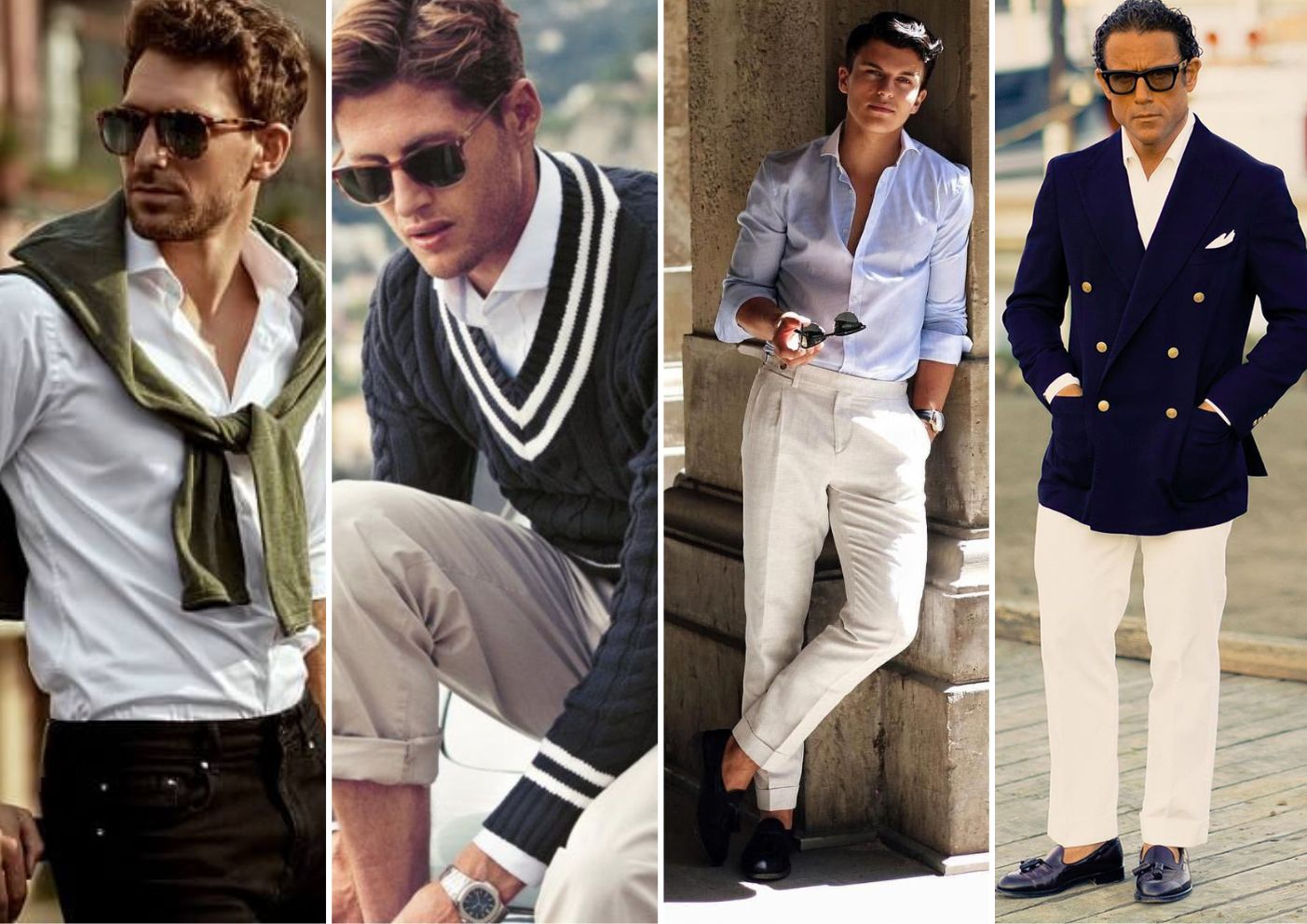
What is Old Money Aesthetic ?
What is Old Money Aesthetic?
Introduction to Old Money Aesthetic
Old money aesthetic represents a style characterized by timeless elegance, understated luxury, and a sense of heritage. Let's delve into what defines this aesthetic and how it is perceived.
Defining Old Money Aesthetic
Key Elements of Old Money Aesthetic
The old money aesthetic revolves around classic styles that have stood the test of time. It includes elements such as high-quality fabrics, muted color palettes, and impeccable tailoring. This aesthetic is not about trends but about maintaining a look that is always in vogue. The focus is on creating a sophisticated, elegant appearance without being flashy.
Historical Background
The concept of old money aesthetic originates from families who have amassed wealth over generations. These families have established traditions that reflect their status and heritage. This aesthetic is deeply rooted in history, drawing from European aristocracy and American gentry. The old money aesthetic emphasizes tradition, quality, and a sense of permanence.
Fashion and Style
Clothing
Old money clothing is characterized by its quality and timelessness. Think of brands like Ralph Lauren and Wearoldmoney . Key pieces include tailored blazers, classic trench coats, and cashmere sweaters. The focus is on neutral colors and classic patterns like houndstooth and plaid. These pieces are chosen for their durability and ability to stay stylish over decades.

Accessories
Accessories play a crucial role in the old money aesthetic. Items such as pearl necklaces, leather loafers, and silk scarves are staples. Watches from brands like Rolex and Cartier add a touch of understated luxury. The key is to choose accessories that enhance the overall look without being overly flashy. Quality over quantity is the guiding principle here.

Home Décor
Interior Design
Old money homes are designed with a sense of tradition and permanence. The interiors often feature classic furniture pieces, elegant drapery, and antique rugs. The color scheme tends to be muted, with lots of creams, browns, and dark greens. The aim is to create a space that feels both comfortable and refined, reflecting a legacy of taste and sophistication.

Furniture and Antiques
Furniture in an old money home is typically high-quality and often includes antiques. Pieces made from mahogany, oak, and other durable woods are common. Antiques, such as heirloom clocks and vintage chandeliers, add a sense of history and sophistication to the space. The combination of quality craftsmanship and historical significance is central to the old money aesthetic.
Lifestyle
Social Etiquette
Old money families often adhere to traditional social etiquettes. This includes proper manners at the dining table, formal dress codes for events, and a general sense of decorum in social interactions. These practices help to maintain a sense of respect and refinement. Social etiquette is viewed as a reflection of one's upbringing and respect for tradition.
Hobbies and Activities
Hobbies associated with the old money lifestyle include activities such as sailing, polo, and attending cultural events like opera and theater. These activities not only reflect wealth but also a commitment to preserving cultural and family traditions. Participation in such activities often spans generations, reinforcing a sense of continuity and heritage.

Cultural Influence
Old Money in Media
The old money aesthetic is often depicted in films and television shows. Characters from shows like "Downton Abbey" and movies like "The Great Gatsby" exemplify this style. These portrayals often highlight the elegance and exclusivity associated with old money. Media representations help to perpetuate the allure and mystique of the old money lifestyle.
Literary Representations
Literature has long celebrated the old money aesthetic. Novels by authors like Edith Wharton and F. Scott Fitzgerald offer insights into the lifestyles and values of old money families. These works often explore themes of wealth, tradition, and social status. The literary portrayal of old money frequently examines the tension between maintaining tradition and adapting to modernity.
How to Achieve Old Money Aesthetic
Wardrobe Essentials
To achieve the old money aesthetic in your wardrobe, invest in high-quality, timeless pieces. Key items include tailored suits, classic dresses, and versatile outerwear. Opt for neutral colors and avoid overly trendy pieces. Focus on the fit and fabric quality. Brands like Ralph Lauren, Wearoldmoney, and Burberry are excellent choices for this style.

Home Décor Tips
For home décor, choose classic furniture pieces and incorporate antiques where possible. Stick to a muted color palette and invest in quality fabrics for drapery and upholstery. Accessories like vintage artwork and heirloom pieces can add depth and character to your space. Focus on creating a comfortable yet refined environment that reflects your heritage and taste.
Promoting Old Money Collections
Wear Old Money Clothing Line
Explore our collection of classic, high-quality clothing designed to embody the old money aesthetic. From tailored blazers to elegant dresses, our pieces are crafted to last and exude timeless elegance. Visit our clothing collection to find your new wardrobe essentials.

Home Décor Collections
Discover our curated selection of home décor items that reflect the old money aesthetic. From antique-inspired furniture to luxurious textiles, our collections are designed to bring sophistication and refinement to your home. Browse our home décor collection to elevate your living space.
Conclusion
Embracing the old money aesthetic is about valuing tradition, quality, and timeless elegance. Whether through fashion, home décor, or lifestyle choices, this aesthetic offers a way to bring a sense of heritage and sophistication into modern living. By focusing on high-quality, timeless pieces and a refined lifestyle, you can achieve an elegant and enduring style.
Frequently Asked Questions
-
What is the Old Money Aesthetic? The old money aesthetic embodies timeless elegance, high-quality materials, and a sense of heritage and tradition.
-
How can I incorporate Old Money style into my wardrobe? Focus on classic, high-quality clothing pieces in neutral colors, and choose accessories that are elegant but understated.
-
What are some key features of Old Money home décor? Key features include classic furniture, antiques, a muted color palette, and high-quality fabrics.
-
Are there any brands associated with the Old Money Aesthetic? Yes, brands like Ralph Lauren, Brooks Brothers, Rolex, and Cartier are often associated with this aesthetic.
-
How does Old Money Aesthetic differ from New Money style? The old money aesthetic focuses on timeless elegance and tradition, while the new money style often embraces modern trends and visible luxury.



